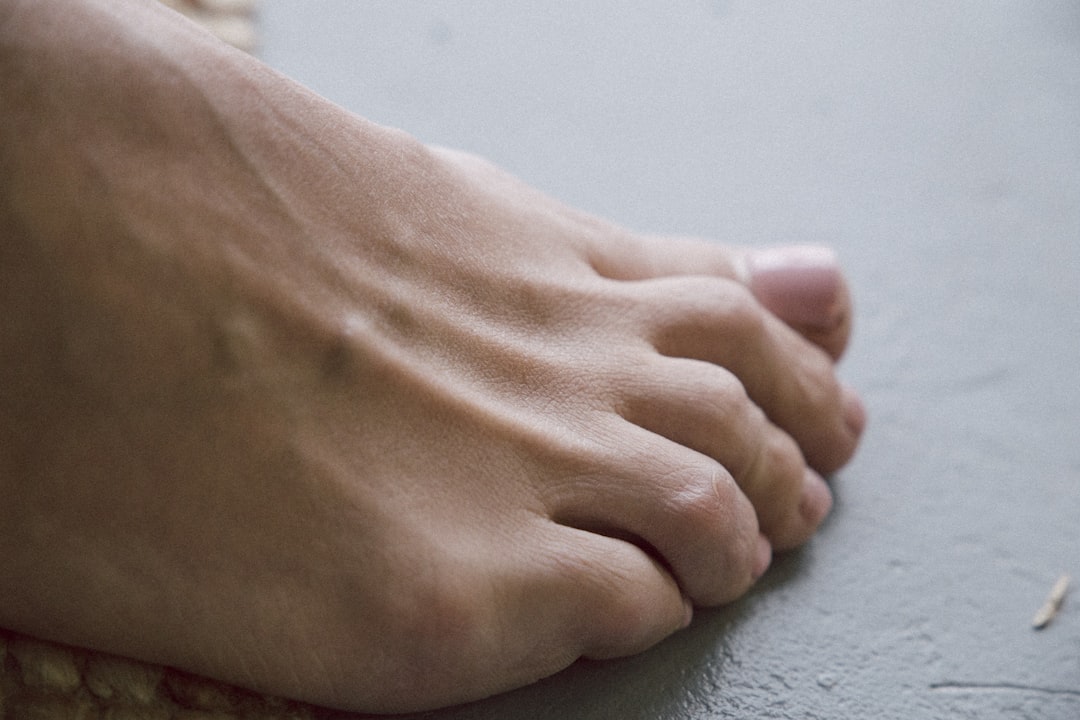 Photo from Unsplash
Photo from Unsplash
Ankle Gout – Symptoms and Treatment for Gout in Ankle
Gout is a type of inflammatory arthritis that affects millions of people worldwide. It is caused by the buildup of uric acid crystals in the joints, which leads to severe pain, redness, and swelling. Although gout typically affects the big toe, it can also occur in other joints, including the ankle.
In this article, we will discuss ankle gout, its symptoms, and the various treatment options available, as explained by a podiatrist.
Causes of Ankle Gout
Gout is caused by the buildup of uric acid in the bloodstream, which is a waste product produced by the body when it breaks down purines. Purines are found in many foods, including red meat, seafood, and alcohol.
When the body produces too much uric acid or cannot eliminate it efficiently, the uric acid crystals accumulate in the joints, leading to an inflammatory response. Gout in the ankle may also be caused by an injury or trauma to the joint.
Symptoms of Ankle Gout
Ankle gout typically presents with sudden and intense pain, redness, and swelling in the affected joint. The pain can be so severe that even the weight of a bedsheet can cause discomfort.
Other symptoms of ankle gout include:
- Stiffness in the joint
- Limited range of motion
- Warmth and tenderness in the joint
- Fever
- Chills
It is essential to consult a podiatrist if you experience any of these symptoms, as untreated gout can lead to joint damage and disability.
Diagnosis of Ankle Gout
To diagnose ankle gout, a podiatrist will examine the affected joint and ask about your medical history and symptoms. They may also order blood tests to measure uric acid levels and imaging tests such as X-rays or ultrasounds to check for joint damage.
A podiatrist may also perform a joint aspiration procedure, in which they use a needle to withdraw fluid from the joint for analysis. This procedure can help confirm a diagnosis of gout and rule out other conditions with similar symptoms.
Treatment Options for Ankle Gout
Treatment for gout in ankle is aimed at reducing pain and inflammation, preventing future flare-ups, and protecting the joint from damage. Treatment options for ankle gout include:
- Medications: Nonsteroidal anti-inflammatory drugs (NSAIDs), colchicine, and corticosteroids are commonly used to treat ankle gout. These medications can reduce pain and inflammation and prevent future flare-ups. Your podiatrist may also prescribe medications to lower uric acid levels and prevent the formation of new crystals.
- Rest and Ice: Resting the affected joint and applying ice packs can help reduce swelling and relieve pain.
- Immobilization: In severe cases, immobilization may be necessary to allow the joint to heal. A brace or cast may be used to immobilize the joint and prevent further damage.
- Lifestyle Changes: Making lifestyle changes such as reducing alcohol consumption, avoiding high-purine foods, and maintaining a healthy weight can help prevent future gout flare-ups.
- Joint Aspiration: In some cases, a podiatrist may recommend joint aspiration to remove excess fluid and uric acid crystals from the joint. This can provide immediate relief from pain and inflammation.
Preventing Ankle Gout Flare-Ups
To prevent future gout flare-ups, it is essential to make lifestyle changes and take medications as prescribed by your podiatrist. Some tips for preventing ankle gout flare-ups include:
- Drinking plenty of water to flush out excess uric acid
- Avoiding high-purine foods such as red meat and seafood
- Reducing alcohol consumption or quitting smoking
- Maintaining a healthy weight and exercising regularly
- Taking medications as prescribed, including urate-lowering drugs to prevent the formation of new uric acid crystals.
In addition, it is important to seek prompt treatment for ankle gout to prevent joint damage and disability. With the right treatment and lifestyle changes, most people with ankle gout can manage their symptoms and prevent future flare-ups.
Conclusion
Ankle gout is a painful and debilitating condition that can affect your daily activities and quality of life. However, with the right treatment and lifestyle changes, it is possible to manage symptoms and prevent future flare-ups.
If you experience sudden and intense pain, redness, and swelling in your ankle, consult a podiatrist for a proper diagnosis and treatment plan. With their expertise and guidance, you can effectively manage ankle gout and improve your joint health and overall well-being.